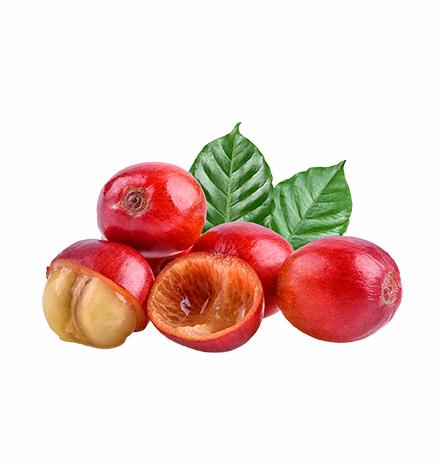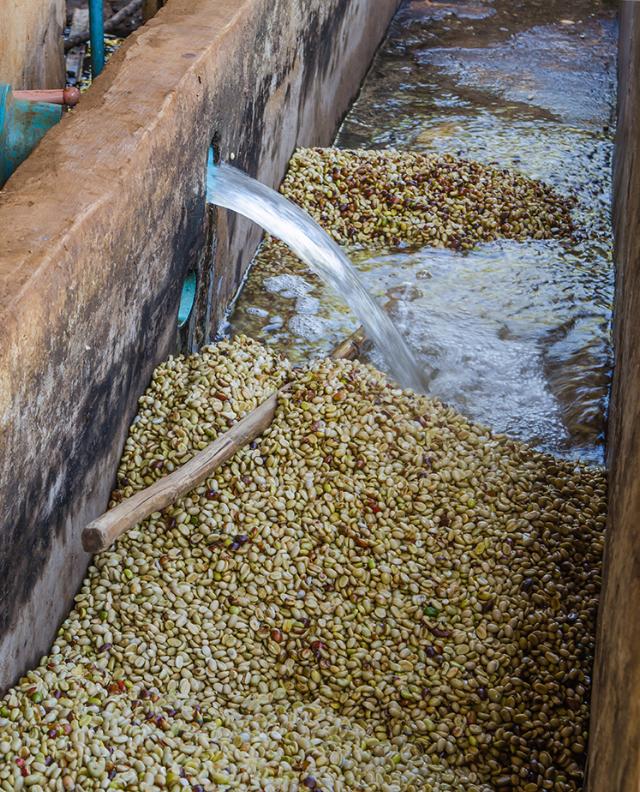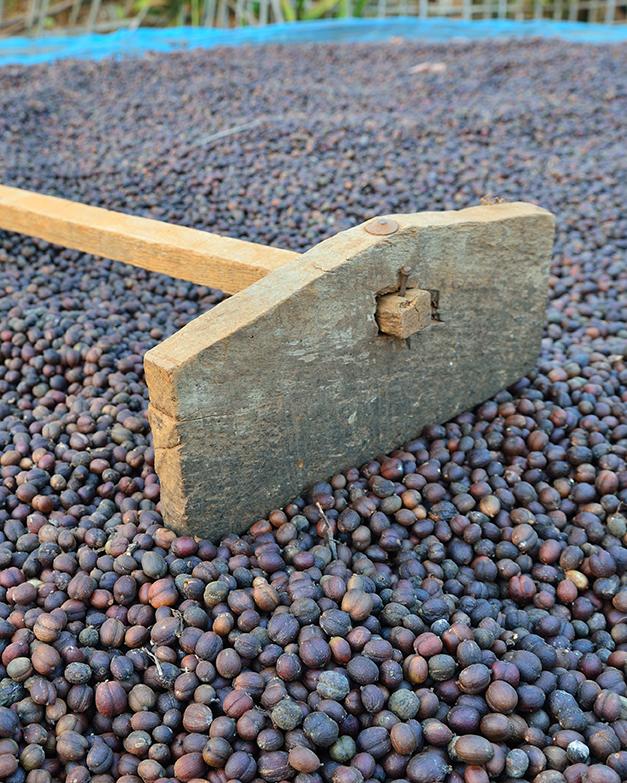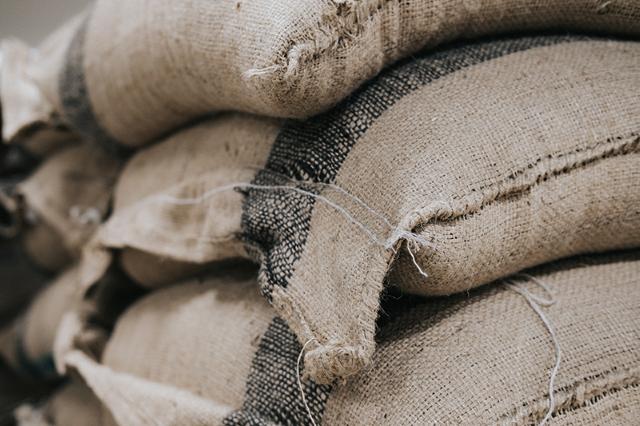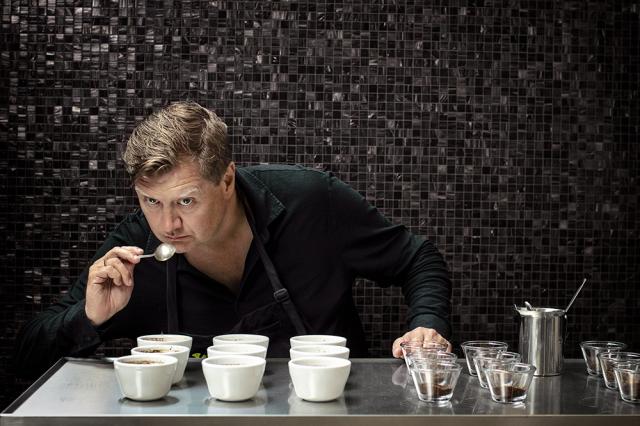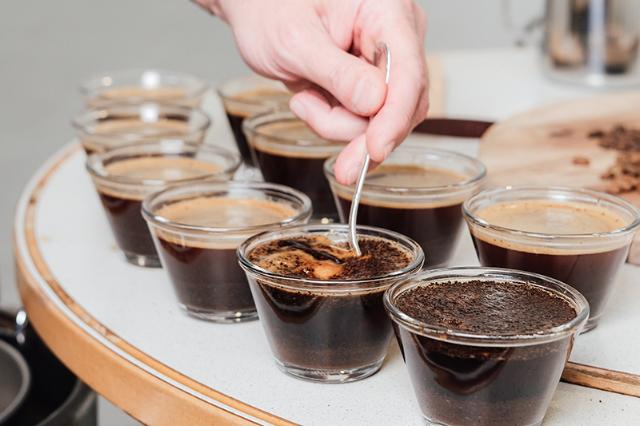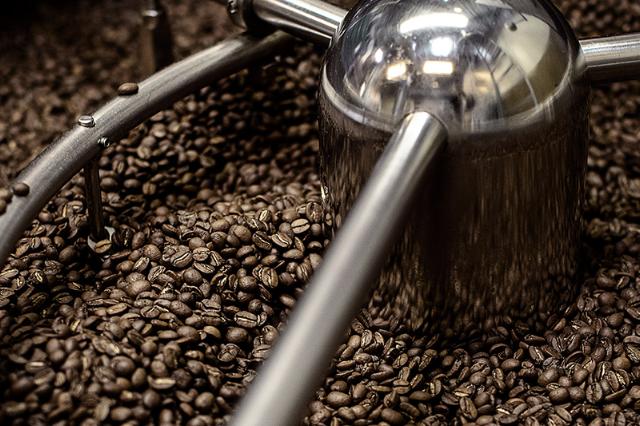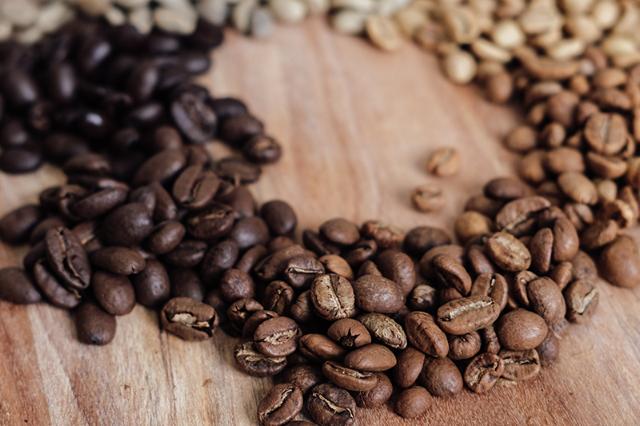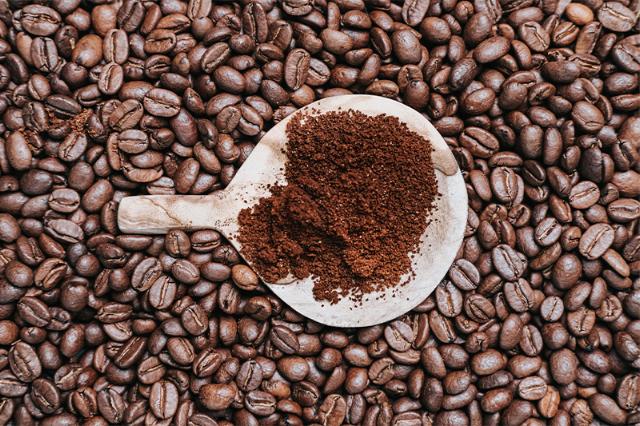The life of a coffee plant begins as a small seed planted in the soil. Over the course of 3-4 years, it grows into a large bush with red berries that can be harvested for coffee. The coffee beans are actually the two seeds within the coffee berry. A characteristic of the coffee bush is its ability to bear both flowers, green, and red berries simultaneously.
The best terrain is in the heights
Most coffee plants are cultivated at high altitudes on mountain slopes because lower temperatures ensure a longer maturation process. The longer the berries are allowed to mature, the better the flavor of the coffee. Besides the location, several factors have an influence on the taste and quality of coffee. Weather conditions, irrigation, and the the soil are just some of the factors that the coffee farmer must take into account when cultivating the best coffee.
Harvest
When the coffee berries are red and ripe, it is time to harvest. Some farmers harvest several times because the berries do not all ripen at the same pace. The coffee bushes carry the best harvest when they are 3-9 years old. In many countries, the berries are handpicked. In other places, modern machines are used to shake the off berries from the coffee bushes.
Wet or dry?
Only the coffee beans is used in the production of coffee. Therefore, the beans need to be separated from the pulp and husks. There are two methods used to free the beans from the pulp: The wet method and the dry method. The wet method is more gentle than the dry one, but it is more expensive and requires significant water supplies. The wet method gives the beans a fresh and acidic taste due to a fermentation process.
The Wet Method
The coffee berries are carried with running water to a so-called pulper, which removes the pulp but leaves a small parchment on the beans containing glucose. The beans are then moved to a fermentation tank where they undergo a controlled fermentation process, made possible due to the presence of glucose.
Afterward, the beans are washed in clean water and dried in the sun for 4-5 days or in a drying machine for a day. Finally, the parchment is removed, and the beans are sorted according to their quality and size. The bigger beans the better.
The Dry Method
When using the dry method, which is the oldest method, the freshly picked coffee berries are spread in a thin layer under the sun for 2-3 weeks. Several times a day, the berries are turned to ensure even drying. At night, they are gathered and covered to avoid moisture. Once the pulp is dried, the berries are transported to the pulper, where the pulp and husks are removed. Following this, the beans are sorted by size and quality, prepared for shipping.
At BKI, we taste the coffee several times before it ends up in your coffee cup. We taste samples of raw beans before purchase and again after roasting, and before we send them out to you, packed and ready.
Lernn much more about our extensive quality assurance and the coffee cuppers workday right here.
We taste before we buy
As soon as a shipment of coffee is ready to leave the coffee farmer, BKI receives a sample that we taste and quality test before we place the final order. In fact our coffee experts test the raw coffee three times before it's roasted and again after roasting, grinding and packing ensuring that our customers always receive the best quality.
Roasting: From green to brown
At BKI, we use two different roasters to roast our coffee – a plate roaster and a drum roaster. Our professional roasters continuously monitor the process to ensure that the beans achieve the perfect degree of roasting. The beans are checked on a color scale, and when the desired result is achieved, the roasting process stops.
Not all coffee is roasted the same way. Depending on the variety, quality, and the flavors one wishes to preserve or highlight, coffee is roasted differently. Light roasts provide coffee with higher acidity, floral, and fruity notes, medium roasts yield a well-rounded and full-bodied coffee, while dark roasts produce a strong and intense coffee with low acidity.
Coffee grinding and packing
After roasting, the beans take a trip to the silo, where they need to 'de-gas'. During roasting, compounds in the beans turn into gases that are continuously released when the roasting begins. If the coffee isn't allowed to de-gas before packaging, the packaging will swell and might end up exploding.
After de-gassing, the beans are ready to go into the mill. Depending on the product, the coffee is ground finely, medium, or coarse. We ensure that each product is always grounded consistently by conducting sieve tests. The coarseness of the grind significantly impacts the flow-through time when brewing coffee. It is important that the water does not pass through the coffee too slowly nor to quickly, ensuring the coffee is not too weak, too strong, or too bitter. After this process, the coffee can be packed and sent to our customers.
